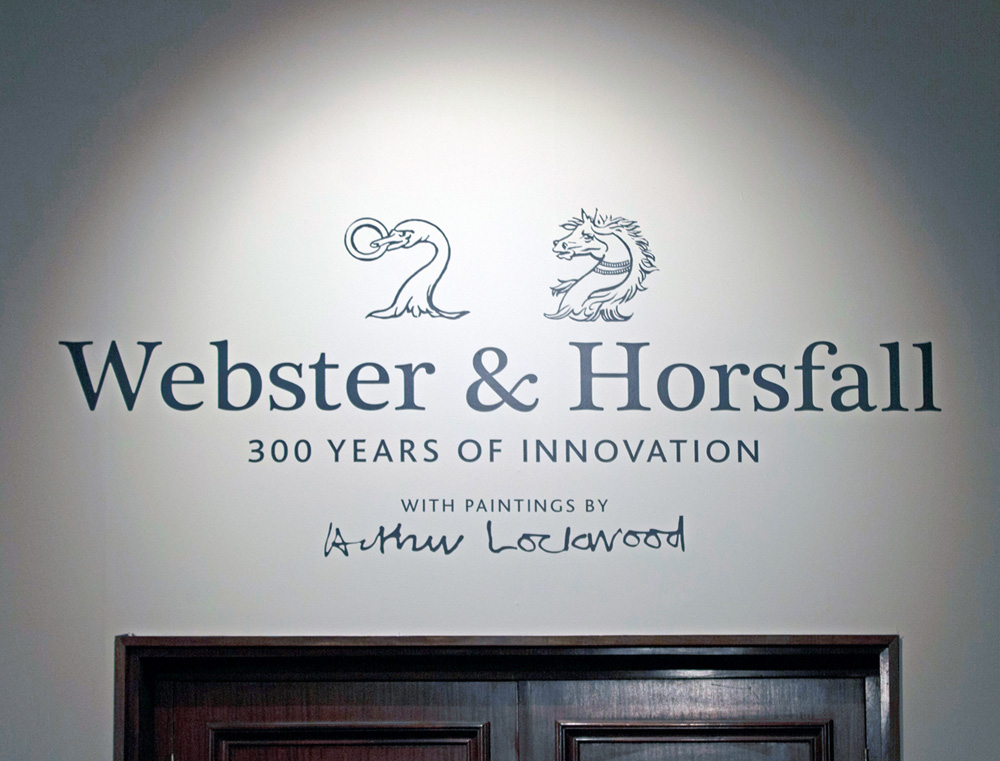Venue: Birmingham Museum & Art Gallery
Webster and Horsfall: 300 years of Innovation
The history of local firm Webster and Horsfall is told through archive material, watercolours by Arthur Lockwood and objects from our Science and Industry collection.
Webster and Horsfall were responsible for manufacturing the wire for the first successful transatlantic cable in 1866.
The free exhibition tells the story of the local family business, based in Hay Mills, which has been at the heart of steel wire and rope manufacturing in Birmingham since 1720. The history of the company is told through Webster and Horsfall archival material and a selection of Birmingham’s collection of watercolours by Arthur Lockwood.
Lockwood was renowned for his industrial watercolours of Birmingham and the Black Country. He documented the changing city through his work and depicted vivid scenes from local factories, including that of Webster and Horsfall. Birmingham Museums acquired over 700 watercolours and sketches from the artist as part of the Lottery-funded Collecting Birmingham project. This is the first time his paintings will be on display and will be a celebration of Lockwood’s work following his death in 2019.
Objects from Birmingham’s science and industry collection, and loans from Webster and Horsfall, will delve further into Birmingham’s industrial past. Visitors will also see examples of the transatlantic cable which revolutionised communication between the UK and the USA.
Webster and Horsfall products can be found as component parts of just about every item manufactured in Birmingham in the 18th and 19th centuries. From bike seats to paper clips, cables to steam engines, Webster and Horsfall is woven through the fabric of Birmingham’s manufacturing history.
Visit the exhibition to find out more about the company and the workers who have made it such a success in the city for 300 years.
Image: Machine 59 (1997) © Arthur Lockwood.
Further details can found here https://www.birminghammuseums.org.uk/bmag/whats-on/webster-and-horsfall-300-years-of-innovation
















